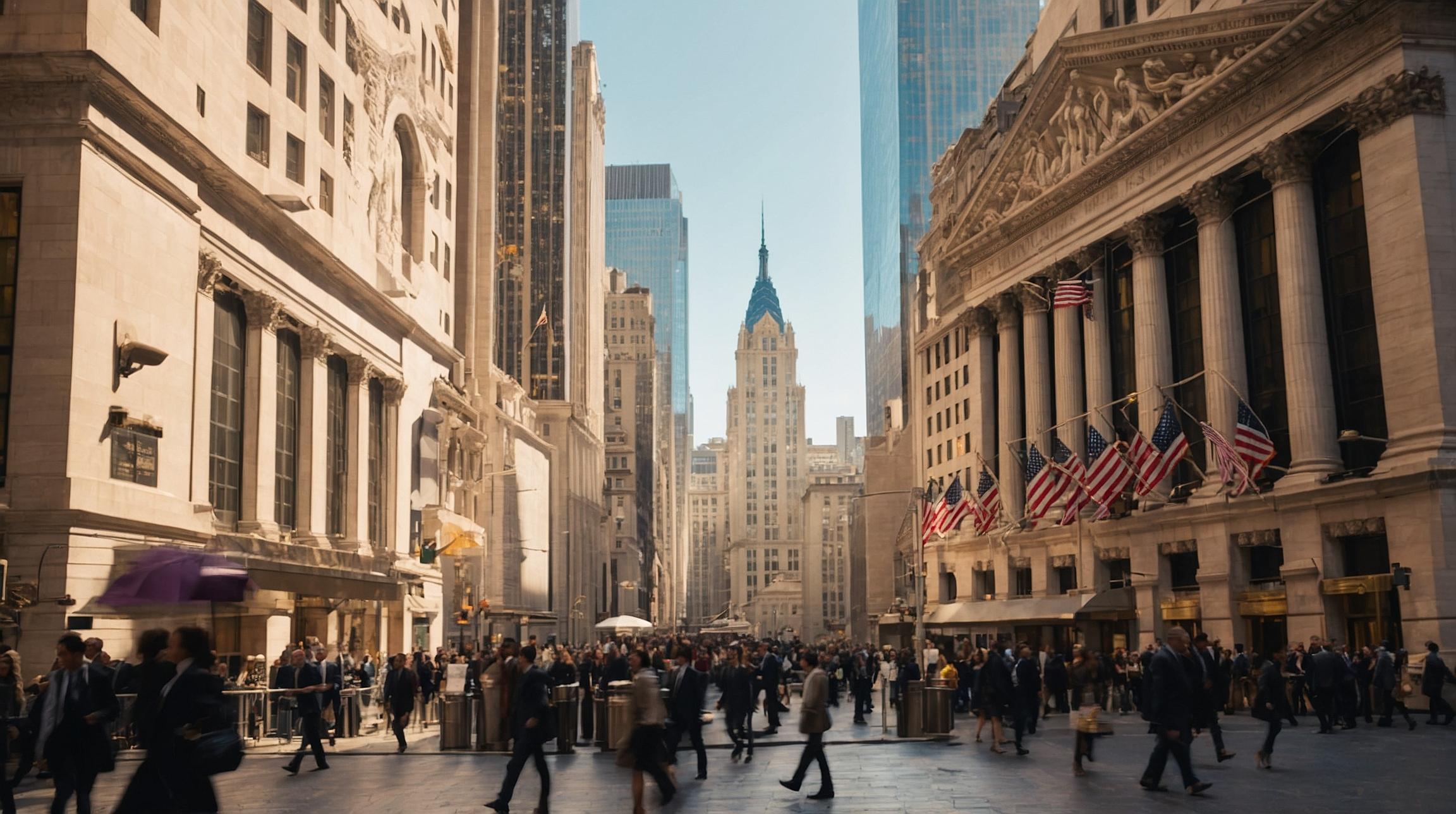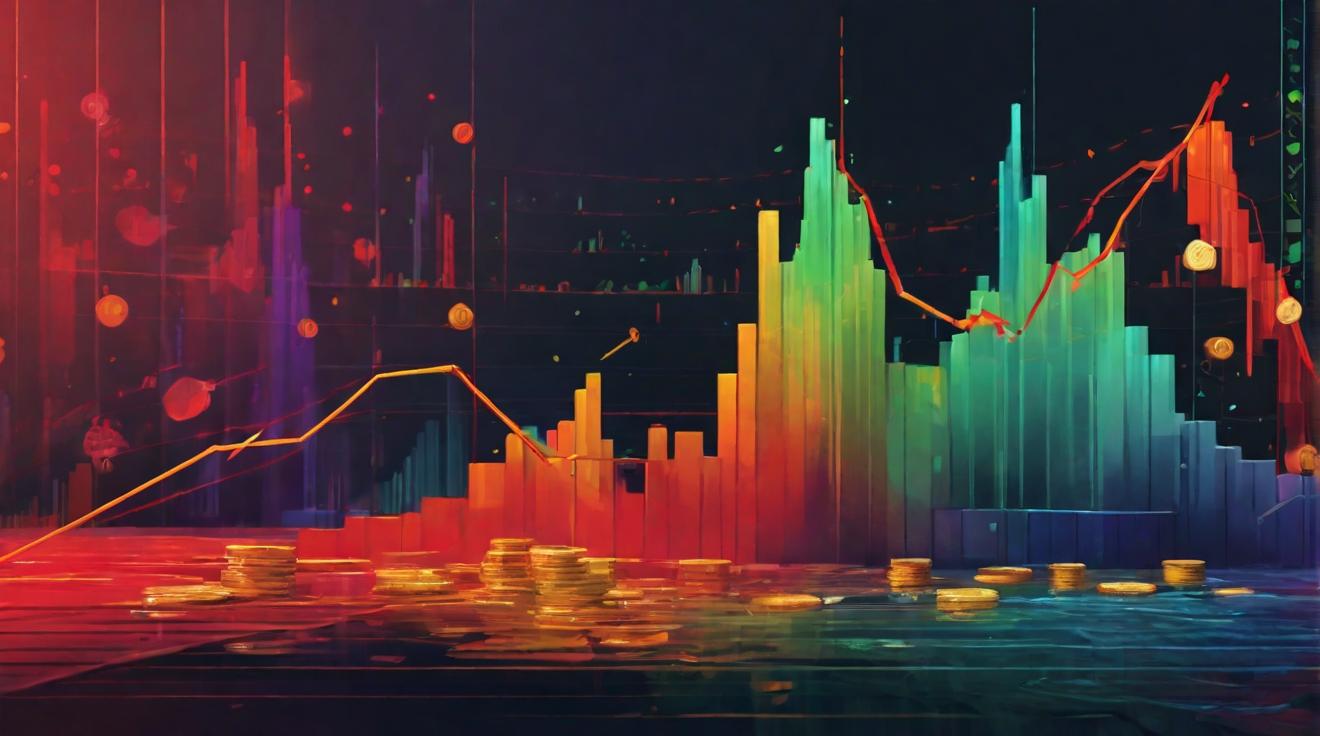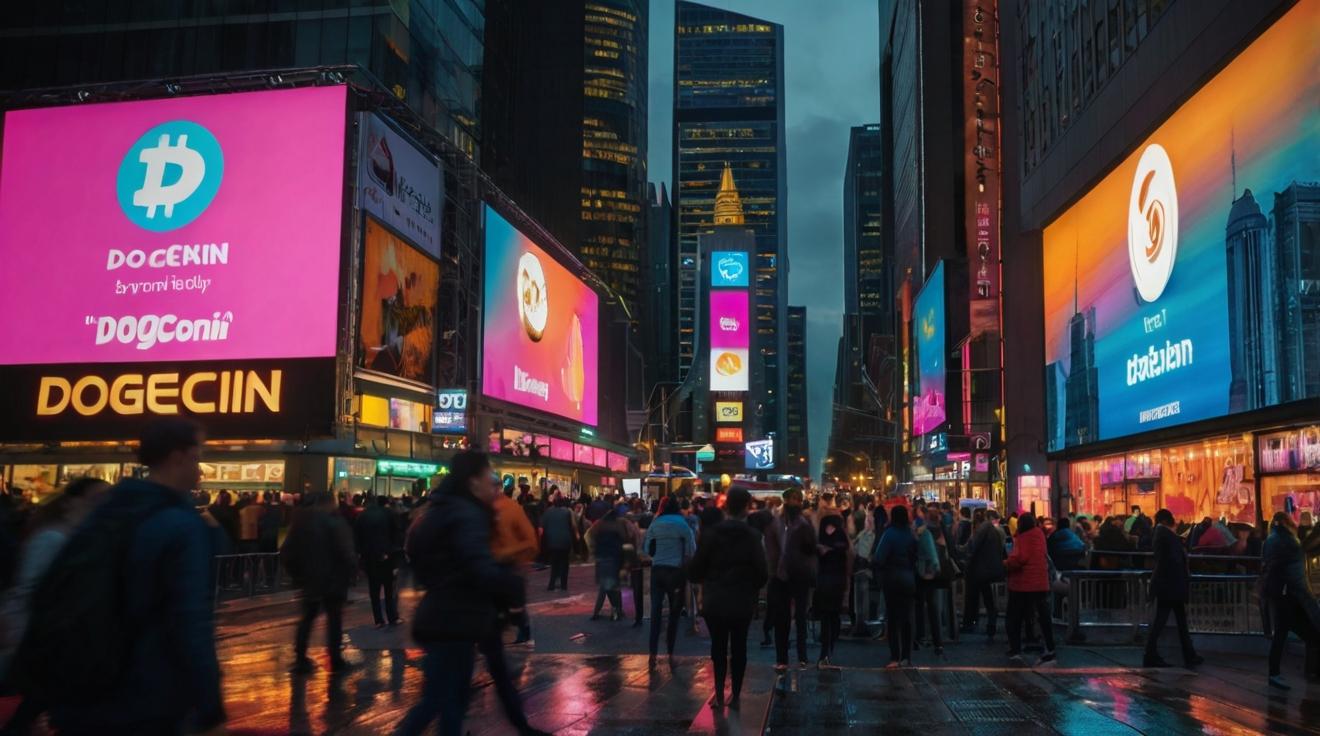Wall Street’s Volatility Eases
The Cboe Volatility Index (VIX), often termed as Wall Street's fear gauge, has seen a significant decline, reaching 16.31 on Wednesday. This marks its lowest point since the start of the month, a stark contrast to its peak of 65 on August 5th. This rapid decrease in the VIX suggests a return to confidence among investors, despite recent upheavals in the stock market.
Understanding the Fear Gauge
The VIX measures the market's expectations for volatility over the coming 30 days, based on S&P 500 index options. A higher VIX indicates increased fear or uncertainty among investors, while a lower VIX suggests calm. On August 5th, the index surged to 38.57, a four-year high, as investors responded to market turmoil by unwinding major positions, including the yen-funded carry trade.
Record-Breaking Recovery
If the VIX maintains its current level, it will have dropped from 35, a level typically associated with high fear, to its median of 17.6 in just seven sessions. This is the fastest such decline on record, with similar recoveries typically taking around 170 sessions, according to a Reuters analysis.
Return to Calm Strategies
Many investors appear to be reverting to strategies that profit from low volatility, such as the dispersion trade. This approach involves exploiting differences between volatility in general market indices and individual stock options. As noted by Steve Sosnick, chief strategist at Interactive Brokers, the market's rapid stabilization reflects a return to familiar strategies after the temporary turmoil.
Market Performance and Technical Factors
Since August 5th, the S&P 500 has risen by 5%, and the tech-focused Nasdaq has increased by 6%. For the year, both indexes have seen gains of approximately 14%. Analysts attribute the VIX's sharp retreat to technical factors rather than fundamental concerns over global economic growth. On August 5th, limited liquidity during pre-market hours may have exaggerated the index's spike.
Implications for Investors
Some investors, particularly those involved in short volatility trades, may have been caught off guard by the sudden market shift, rushing to close positions and contributing to the VIX's surge. Michael Purves of Tallbacken Capital Advisors emphasizes that the spike was more about the market's structural dynamics than any real economic shock.
This rapid adjustment suggests that the recent VIX spike was an anomaly, influenced more by market mechanics than by enduring economic fears.













